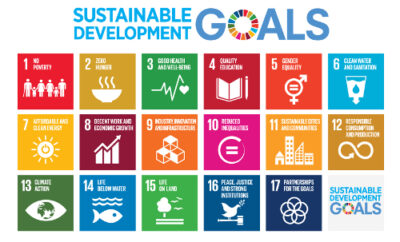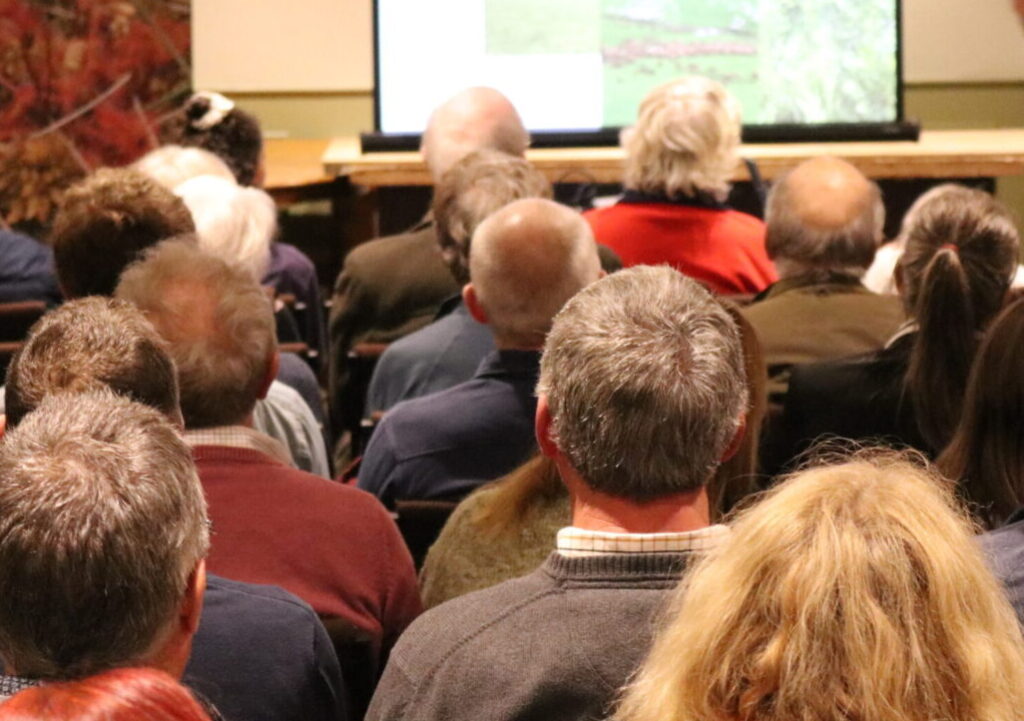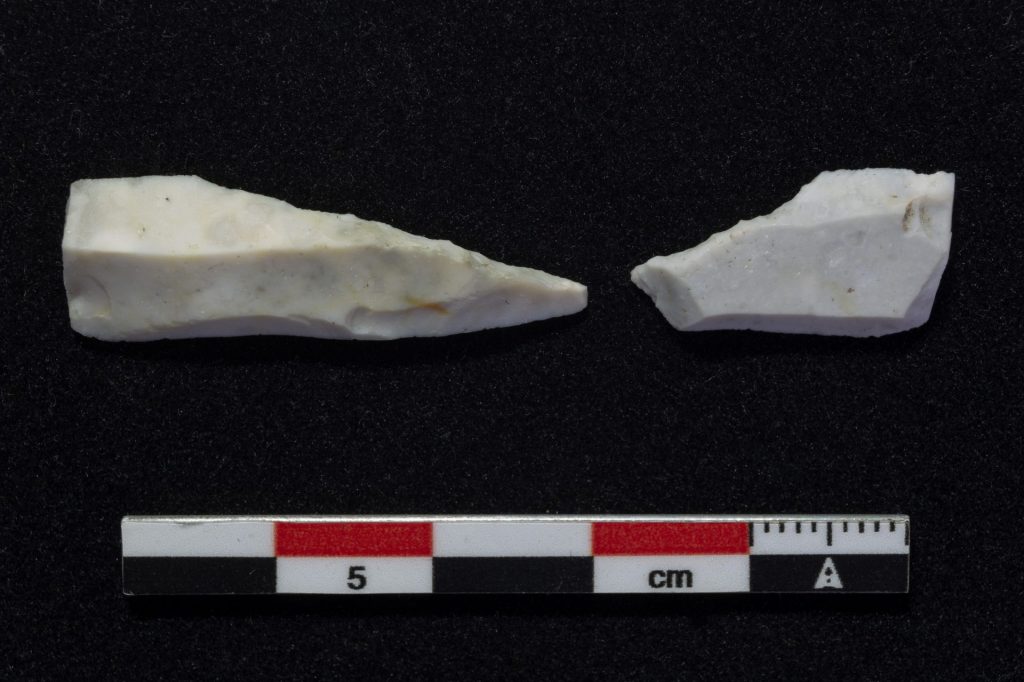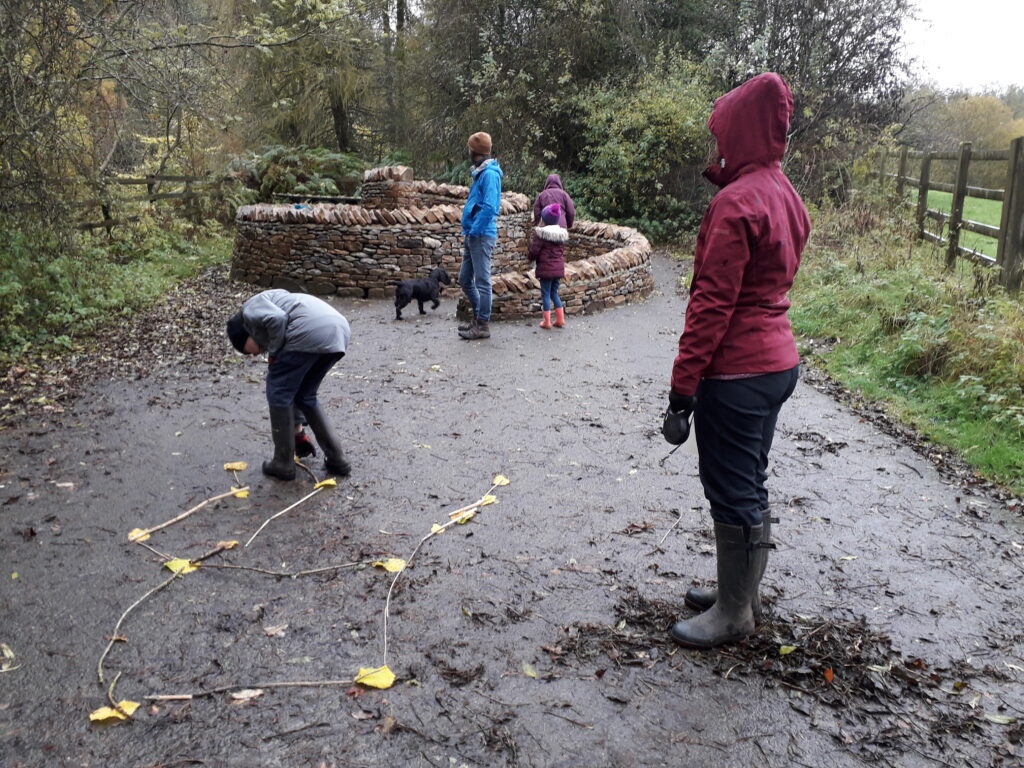News
Tourism Forum 2022
The North Pennines – a regenerative destination?
Keynote speaker at the Tourism Forum 2022, Vicky Smith
I was invited to this year’s North Pennines Tourism Forum to talk to the North Pennines AONB Partnership’s audience, considering the question “What does a regenerative destination look like?”.
I grew up in the South Pennines (Bingley), so I’m not entirely unfamiliar with the territory, but it’s less rural there these days, more accessible, and with perhaps less pressures of tourism. I don’t think we experienced over tourism at the Five Rise Locks, Damart or the ex-Building Society, though living in Haworth is entirely different. My upbringing – loving the outdoors, wilderness & wildlife – certainly seeded my sustainable tourism focus – which grew, having worked in the Alps followed by corporate mainstream tourism ecommerce in London, then significant time in remote nature and developing countries – and my perspective.
I talked about the journey from traditional models of tourism, which are extractive, reductionist, using more energy and materials, and mechanistic thinking in ‘parts’ (Reed, 2007) to Responsible tourism, which creates
“Better places for people to live in, and better places to visit” (Cape Town Declaration, 2002)
to Sustainable tourism, with data on how trends pre and post Covid are showing great propensity for guests to take and contribute to ‘green’ actions and activities, which
“…takes full account of its current and future economic, social and environmental impacts, addressing the needs of visitors, the industry, the environment & host communities.” (UNWTO)
to Restorative tourism for sustainable development, with examples of how places all over the world are delivering UN SDG benefits for communities and conservation through the vehicle of tourism, and how there’s a great opportunity to do so, because travel organisations are currently engaging generally less than other sectors and far from what is possible.
And finally to Regenerative tourism, with different thinking for systems change (because the old ones got us where we are), based on constantly evolving holistic ecosystems, like nature, using less energy and materials to actually deliver a better experience for all, so tourism helps create
“the conditions for life to continuously renew itself, to transcend into new forms, and to flourish amid ever-changing life conditions” (Hutchins and Storm, 2019)

How does your tourism support The UN Sustainable Development Goals?
We looked at one of my all-round favourite case studies – a lodge in South Africa in a protected area, with historically very marginalised communities, who’d been hit hard by Covid and unemployment, and how the lodge’s initiatives support most of the sustainable development goals through their foundation work split into four areas: education, conservation, sports and enterprise development.
Here’s the video which we couldn’t play on the day: https://youtu.be/3lljgc1bHx8

Growing futures in South Africa: regenerative agriculture & tourism supporting food access, health, gender equality, jobs, income and communities. Image © Scott Ramsay
I also touched on Doughnut Economics with its inner Social Foundation circle criteria of life-supporting basic needs to be met, and its outer Ecological Ceiling circle of planetary boundaries, overshooting which likewise hits Earth’s life-supporting systems tipping points.
We need to live in the ‘dough’ in the middle – and those measures of minimums and maximums of criteria will be different for every place, and of course evolve with environmental changes as time passes.
Amsterdam is a great example of putting Doughnut Economics into practice – into which tourism feeds – and has learnt a lot about how different areas interact and lever each other, and therefore what needs to be achieved for a balanced society and environment where everyone can thrive. For tourism, they’ve put in minimum and maximum visitor numbers, with additional thresholds for flags when nearing the limits.
[You might also like to read Part 1, Part 2 and Part 3 of my blogs of measuring tourism differently].

Rethinking tourism development in the context of Doughnut Economics: Amsterdam
Finally, I touched on marketing this new mindset as we see a values shift from a focus on Products to Customers to the Human Spirit. (Recommended reading: Marketing 3.0, Philip Kotler). In focusing on a Place in its holistic ecosystem entirety, we see the customer on the same way, with material, emotional and spiritual needs, in a more heads and hearts approach.

How can we get back to nature connection – and natural ecosystem ways? Image: Linden Tree retreat ranch Croatia
This last point was timely, given that the later breakout groups took a Heads, Heart and Feet approach to beginning to formulate a vision for the next strategic term of the North Pennines AONB Partnership. Read more about the feedback from the breakout sessions here.
Dr. Emma Pope spoke about “Regenerating our relationship with nature through tourism”. The importance of being connected to nature certainly resonates a lot with me and how it changed my life (I was born in London and moved to Yorkshire aged nine), and continues to do so, and how we create those pathways through beauty, contact, emotion, meaning and compassion. To connect with nature is personally transformative, and transformational for people and places, as we nurture our sense of stewardship. How might we intentionally achieve this in tourism?
In Cumbria, it’s also about making your steps count, not just treading more lightly. Gemma Proctor from Cumbria Tourism explained what they are doing for make their vision (‘to become Europe’s Number One rural tourism destination’) more sustainable by minimising negative impacts and doing more good. With relatively high emissions in Cumbria, reducing carbon footprints is vital, supported by their “Low Carbon Lake District Sustainable Tourism Toolkit” for businesses. Given most emissions are created travelling to and from the area, average emissions per day can be reduced by less visitors extending the length of stay, also encouraging further immersion and spend. They are also spreading the pressures by extending the length of season, and dispersing visitors over the area. As well as reduce, reuse and recycle, it makes financial sense, and environmental sense too, to ‘give back’ encouraging businesses to use their networks and reach.
Fiona Knox from the AONB Partnership covered where the Fellfoot Forward Landscape Partnership Scheme has got to and where they are going. This project to conserve and celebrate natural and cultural heritage covers all manner of initiatives from archaeology and historic buildings to woodlands, walking trails and a, much anticipated, car park, which is now protecting Long Meg and Her Daughters (Neolithic stone circle) by preventing parking on the monument as well as restoring erosion scars.
Finally, Liz Fisher talked us through TheAuckland Project, a different kind of visitor destination offering seven sites in one setting. With galleries, a castle, a tower for a bird’s eye view, a faith museum, Roman fort, gardens and grounds, Kynren (a spectacular outdoors show), and the upcoming renovation of the heritage Weardale railway, I look forward to discovering the ‘traditional experience with a twist’ in this surprising story of Bishop Auckland. It certainly appealed to my regenerative / Marketing 3.0 style,
“Enrich your mind, body and spirit with a feast of history, nature and art, in the knowledge that your day or stay will make a difference to this once forgotten, historic town.”
Vicky Smith, Founder, Earth-Changers.com











